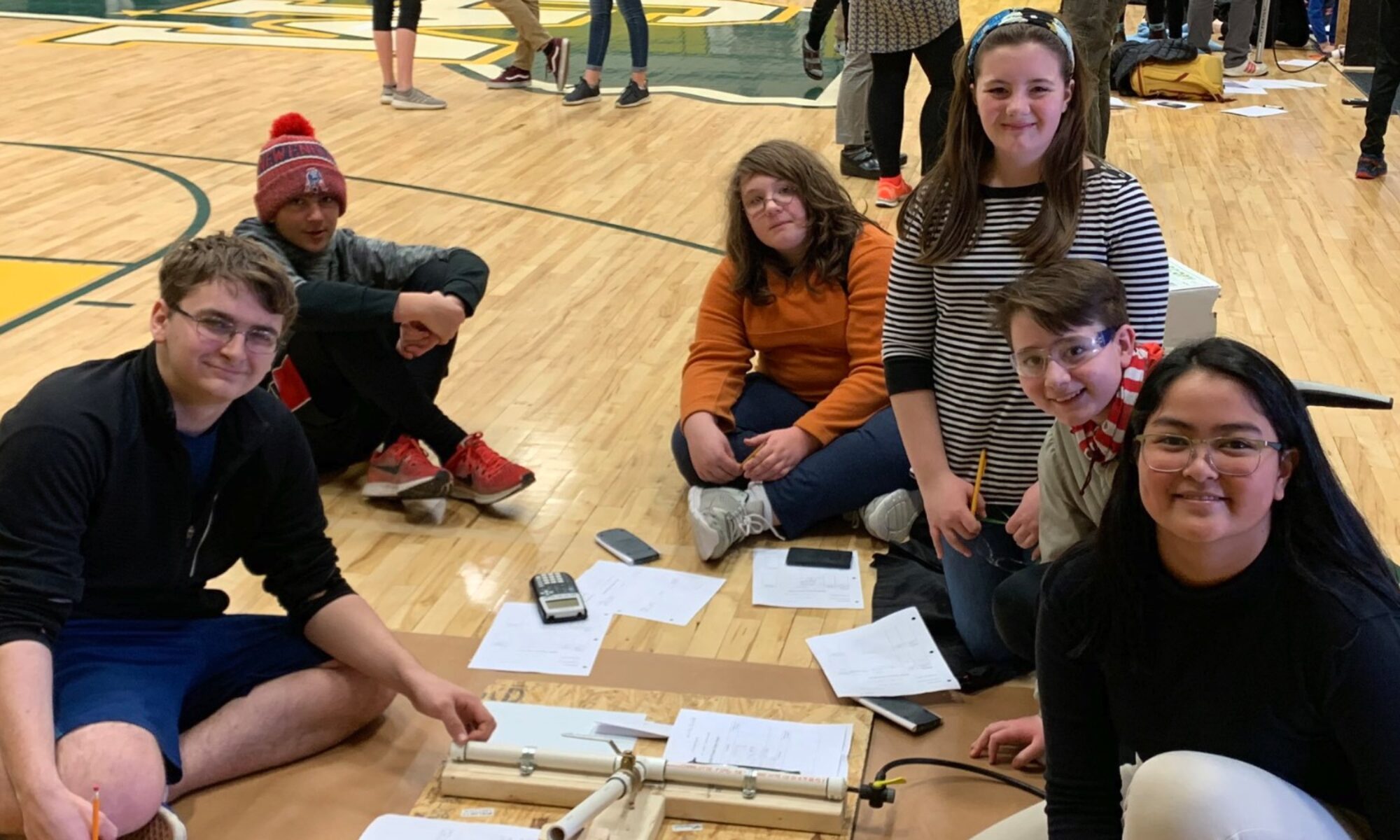Scheduling
The continued movement towards the middle level concept has put tremendous pressure on how schools choose to organize their time. For good reason! The remnants of the junior high days of past still exist. However, emerging schedules that support student-centered learning and best middle level practice are having a greater presence every year.
Innovative Schedules
Back in the day, once could simply divide the total minutes in a school day by the number of classes needed and poof 37-42 minutes classes were born. Today, the demands placed on schools and teachers requires a much more intelligent approach. Innovative schedules can look different on paper from school to school however similar characteristics exists between them.
Collaborative time
As the academic discipline lines begin to blur and student centered instructional strategies are in place, the demand for increased collaborative time become more significant. The need for teams to plan together is essential for opportunities like interdisciplinary project based units. Daily collaborative time would be ideal. Weekly or monthly last start/early release are becoming more popular.
Flexibility (Part 1)
The junior high schedule marched students from class to class, marked by a bell, regardless of if it was a good breaking point or not. Innovative schedules allow for time to be adjusted based on the learning opportunity (with advanced planning). When we ask asking students to go deeper in their learning they sometime need more time. On a team, teachers can agreed to modify a class length for a period of time. Science labs are a good example but not the only one!
Flexibility (Part 2)
With the umbrella of proficiency based learning accompanied by best practice we can group or re-group students according to their needs and not just as a homeroom. It’s important to meet students where they are and by intentionally grouping them and match their needs to specific resources we improve the likelihood of success.
Creative use of Resources
Math teachers are not just good at math. Physical education teachers are not just good at exercise. How can we use the skills and talents of all educators in our buildings to support learning? Many middle level educators hold more than one endorsement allowing for support to be flexible and exist outside of the class or classes they teach.
Distinctly different block of time
Schools are starting to incorporate blocks of time that look very different from other parts of the day. Genius hours are a good example. Some schedules devote up to half of one day to school wide or team wide genius hours. We also see block to time dedicated service learning of other off campus learning. The blocks are helpful to eliminate the competition for time or making the student choose this over that.
Supporting Articles and Research
It can be difficult to keep a focus on students and learning when creating schedules. After all, when we change schedule we are also changing teachers work environments which may be uncomfortable for some. It’s always helpful to remind ourselves of the of the literature that supports middle level best practice and organization. At the very least, these resources will help you ask better questions of your selves?
Does Grade Configuration Affect Middle School Student’s Achievement – Katie Johnson – Northwest University
The Status and Practices in America’s Middle Schools – C. Kenneth McEwin and Melanie W. Greene – AMLE
Middle Grades Schools and Structures -Cheryl R. Ellerbrock, Dana Franz, andKristina Falbe, -The MLER SIG Research AgendaHow Does Grade
Configuration Impact Student Achievement?Evaluating the Effectiveness of K-8 Schools -Kai Hong and Ron Zimmer – Vanderbilt University
Why A School’s Master Schedule Is A Powerful Enabler of Change -Katrina Schwartz – KQED
Middle Grades is Not a Building – Middle Grades Task Force
Review of Literature on Grade Configuration and School Transitions -Molly F. Gordon,Kristin Peterson,Julie Gdula, and Dave Klingbeil – Center for Applies Research and Educational Development.
Examples of Schedules
The paper version of a schedule only tells a small part of the story. It’s hard to get a sense of what happens instructionally in the identified blocks of time. However, looking at examples of schedules can spark ideas. Here’s a collection of schedule that all offer something uniquely different.
Shelburne Community School (3 Teams) (6-8)
Things to Think About
When beginning to work on a schedule I suggest you consider a few things before you begin. Do you have a strong mission and vision to direct the decision making? Have you articulated the beliefs about students and learning? Is it clear what you are building toward? Have you identified potential roadblocks? What instructional strategies are considered essential to the fidelity of the middle level concept? Are you dreaming big?
Happy Building!!

